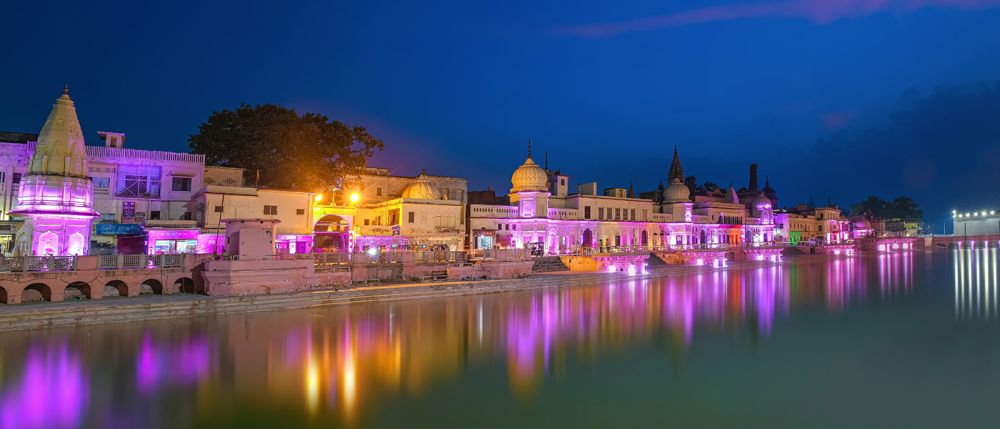

Uttar Pradesh, a state in the northern region of India, has long been a crucible of historical and cultural significance. With its rich tapestry of history, spirituality, and architecture, it has attracted travelers and pilgrims for centuries. Tourism in Uttar Pradesh has evolved over time, reflecting the changing patterns of travel and the growing interest in India's diverse cultural heritage.
The history of tourism in Uttar Pradesh can be traced back to ancient times when pilgrims traveled to the holy city of Varanasi. Considered one of the oldest continuously inhabited cities in the world, Varanasi has been a cultural and religious hub since at least the 6th century BC. This city along with other pilgrimage sites in Uttar Pradesh such as Ayodhya, Mathura, and Allahabad (Prayagraj) have drawn visitors from across the Indian subcontinent for religious rites, spiritual enlightenment, and cultural exchanges.
The Mughal period, from the 16th to the 18th century, placed Uttar Pradesh at the heart of an empire renowned for its opulent architecture and sophisticated culture. The construction of iconic structures such as the Taj Mahal in Agra by Emperor Shah Jahan in memory of his wife Mumtaz Mahal, and the city of Fatehpur Sikri by Emperor Akbar, solidified the region's status as a must-visit destination. These monuments today are UNESCO World Heritage Sites and continue to be prime drivers of tourism in the state.
During the British Raj, Uttar Pradesh saw enhanced connectivity with the establishment of railways and better roads, facilitating access for travelers from afar. The archaeological discovery of ancient sites like Sarnath, where Buddha delivered his first sermon, garnered worldwide attention and increased the flow of international tourists interested in history and spirituality.
In recent years, the government of Uttar Pradesh has invested in improving infrastructure and facilities to make the state more tourist-friendly. The organization of cultural festivals such as the Kumbh Mela, one of the largest religious gatherings in the world, and the Lucknow Mahotsav, celebrating the city’s rich traditions, has strengthened the state’s appeal. These events draw millions of tourists, both domestic and international.
The development of the Buddhist Circuit, connecting important Buddhist sites in the state, and the Ramayana Circuit, tracing the life of Lord Rama, reflect current efforts to capitalize on Uttar Pradesh’s religious and cultural heritage. Moreover, the state government's recent initiatives to promote eco-tourism and wildlife tourism, with places like Dudhwa National Park, have added a new dimension to the tourism landscape.
The latest trend in Uttar Pradesh’s tourism sector is the digitalization of services and the enhancement of tourist experiences through virtual reality and augmented reality technologies. This allows potential visitors to have immersive previews of popular sites from the comfort of their homes. Uttar Pradesh is also seeing a surge in 'experiential tourism,' where travelers seek to engage with local communities, cuisine, and traditions on a deeper level.
The history of tourism in Uttar Pradesh is a testament to the state's immense cultural wealth. From the ancient religious pilgrimages to the modern-day digital explorations, Uttar Pradesh continues to weave its magic as a premier destination offering a glimpse into India's soul. As the state adapts to new trends and technologies, it maintains the essence of its heritage, inviting travelers to explore its timeless beauty and historical grandeur.